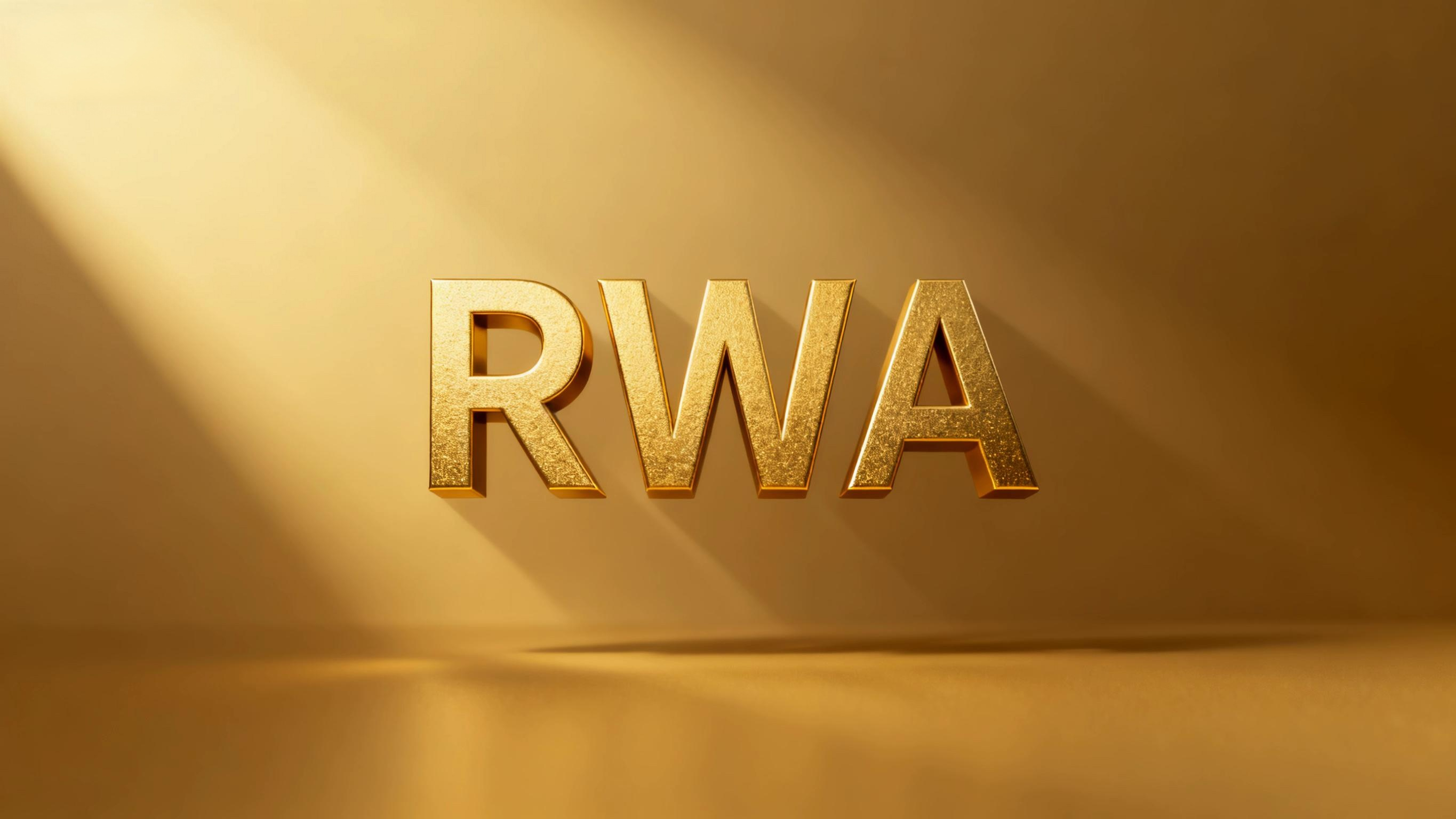
Amid the wave of integration between global finance and blockchain, gold RWA (Real World Asset tokenization) has emerged as a highly representative application scenario. As the oldest store of value in human history, gold is being revitalized in the digital era. Through blockchain technology, pain points in the traditional gold market—such as poor liquidity, high transaction costs, and difficulties in cross-border circulation—are being resolved. Tokenization endows gold with divisibility and high liquidity, making it not only a means of wealth preservation but also a critical infrastructure for digital finance.
Recently, Chow Sang Sang entered the RWA sector by investing in Hong Kong’s Gaoying Securities, planning to integrate cross-border payments, precious metals, and capital market resources to drive the upgrade of virtual asset licenses. This demonstrates that traditional enterprises are actively embracing the new opportunities brought by gold RWA. Meanwhile, institutions such as the World Gold Council and several Taiwanese banks are also deploying related products, indicating that gold RWA is transitioning from pilot phases to industrialization.
The value logic of gold RWA is built on the叠加 of three attributes: "finance, investment, and physicality." On the financial level, it enhances gold’s trading frequency and price discovery efficiency; on the investment level, tokenization lowers the barrier to entry, allowing more small and medium investors to participate in the gold market; on the physical level, it links on-chain assets to offline gold prices, creating a stable wealth effect.
In terms of issuance models, gold RWA exhibits diverse paths: including regulated security token offerings, stablecoin models like PAXG, and dual-token designs (primary and auxiliary). Taiwanese banks’ "two-tier architecture" combines alliance chain settlement with traditional passbook transactions, balancing efficiency and user habits. The profit models are equally diverse, covering management fees, transaction fees, ecological services, and DeFi yields, providing sustainable growth opportunities for enterprises.
However, the development of gold RWA also faces compliance challenges involving underlying asset ownership, the legal attributes of tokens, cross-border regulations, and information disclosure. Ensuring a one-to-one correspondence between physical gold and on-chain tokens, while complying with LBMA standards and regulatory requirements across jurisdictions, is crucial for the industry’s long-term development.
It is foreseeable that gold RWA will become the optimal entry point for the RWA industry. Its high degree of standardization and strong regulatory reference value will also accumulate experience for the tokenization of future assets like real estate and artwork. With the improvement of regulatory frameworks and technological advancements, gold RWA will not only reshape gold trading methods but also drive the deep integration of digital finance and the real economy, gradually evolving into a vital component of global financial infrastructure.
















